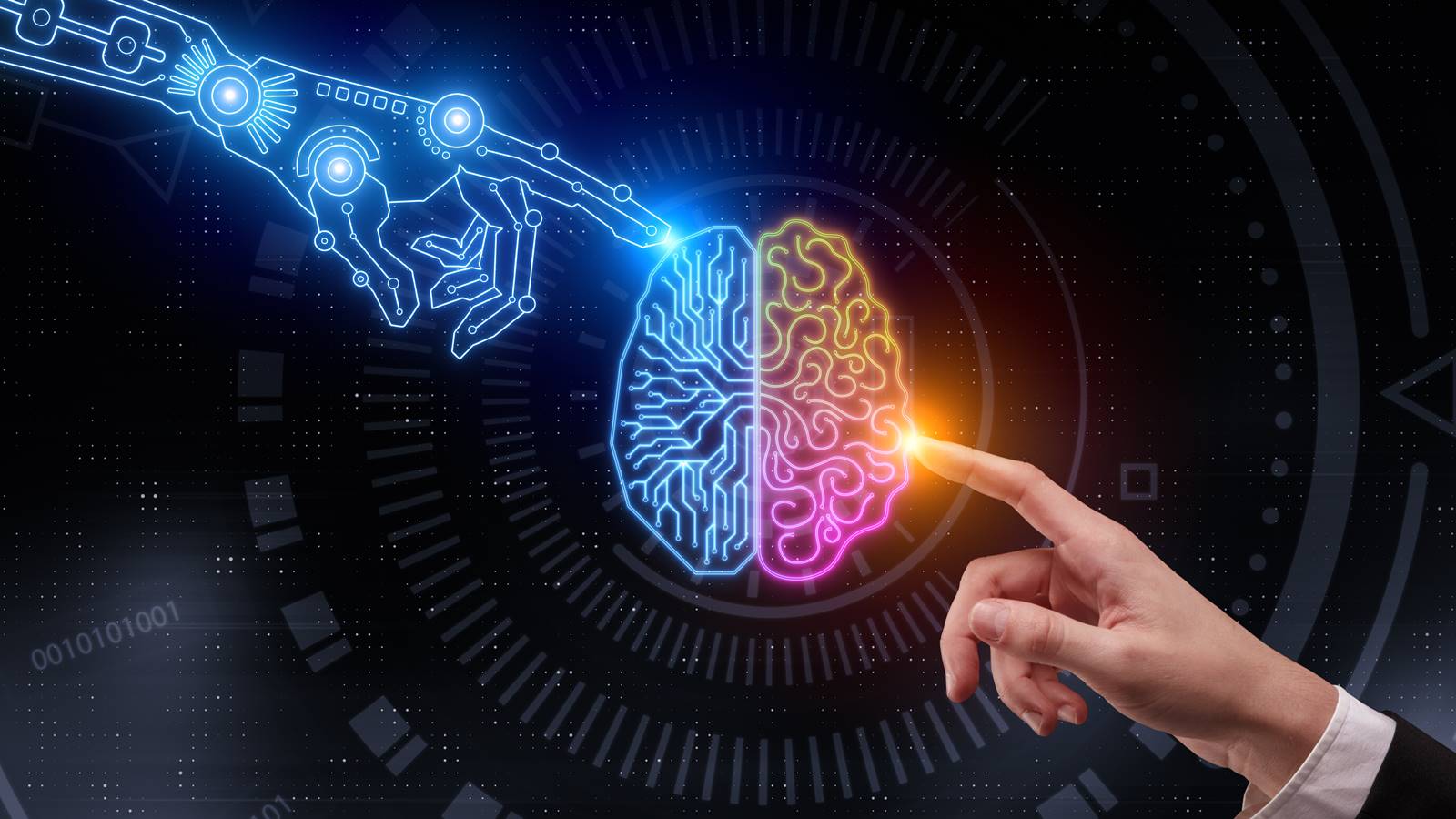
AI is a powerful tool which can be used to make a difference in the world of social and environmental change. While it's not perfect, AI can be a powerful tool that NGOs have, particularly those who struggle to meet their financial and staffing requirements. To realize social good with AI, NGOs require guidelines that will guide them. These guidelines are outlined below. Here are four points that NGO leaders should be aware of:
Ethics
While AI for good projects tends to emphasize the goal of solving social problems and empowering peoples, they often ignore human rights and the rights people from the most disadvantaged groups. Some definitions of AI for social good describe initiatives aimed at solving unsolved societal problems, while others refer to projects that benefit a particular group without consideration for the economic implications of those solutions. These AI projects are often detrimental to people from disadvantaged populations and so raise important ethical questions about how ethics should they be viewed.

Transparency
Transparency is crucial for many different issues. If the goals of an AI system are not clear, they may cause confusion and even harm. For example, an AI system designed to remind users of their medication may seem intrusive. This could make it more vulnerable. These systems don't look human and they aren't designed to coerce users to do certain actions. AI systems do not have to be interacted with by patients.
Diversity
AI4SG projects have to encourage inclusion and diversity. AI applications that are effective and inclusive will be the best. This is what Google hopes to achieve with its AI for Social Good program. To learn more about this program, click here. The Oxford Initiative on AIxSDGs (or Oxford Initiative on AIxSDGs) is a database of AI projects which aim to meet SDGs. It currently indexes close to 100 projects, and should support formal research in the field. The ITU AI Repository, and the AI Commons Knowledge Hub are other attempts to create a repository. Each have 71 members, and 21 AI4SG-related projects. Such meta-initiatives can aggregate knowledge between AI4SG projects and connect complementary organisations.
Trustworthiness
Recently, public policy discussions have been focused on AI trustworthiness. The European Commission High-Level Expert Group on Artificial Intelligence(HLEGAI) published its Ethics Guidelines for Trustworthy Artificial Intelligence. This guideline has gained a lot traction both in research and practice. It also laid the groundwork for other similar policies. Other such guidelines, including the Principles of Socially Beneficial AI published by the White House and OECD, share the same goals.
Collaboration
The use of artificial intelligence (AI) for social good has become a trend in the last few years, but the question is how to put it to good use? AI for social purpose explores the potential AI has to solve societal issues. This course explains the various AI techniques that can be used to address a range of social problems. It also examines how AI can help fight blight, improve policing, and train individuals and students.

Prices
Consider the SDGs as a lens to assess the social benefits of AI. These goals are interconnected and require a collective effort to achieve them. AI applications could be beneficial to one SDG and detrimental to another. AI for social good should consider the interconnectedness and importance of these goals. AI applications should maximize their net positive effects on the SDGs, while minimizing any negative ones.
FAQ
Are there any potential risks with AI?
You can be sure. They always will. AI is a significant threat to society, according to some experts. Others argue that AI has many benefits and is essential to improving quality of human life.
AI's misuse potential is the greatest concern. It could have dangerous consequences if AI becomes too powerful. This includes things like autonomous weapons and robot overlords.
AI could take over jobs. Many fear that robots could replace the workforce. Others think artificial intelligence could let workers concentrate on other aspects.
For instance, economists have predicted that automation could increase productivity as well as reduce unemployment.
What are the potential benefits of AI
Artificial Intelligence (AI) is a new technology that could revolutionize our lives. Artificial Intelligence has revolutionized healthcare and finance. It is expected to have profound consequences on every aspect of government services and education by 2025.
AI is already being used in solving problems in areas like medicine, transportation and energy as well as security and manufacturing. The possibilities of AI are limitless as new applications become available.
So what exactly makes it so special? It learns. Computers can learn, and they don't need any training. They simply observe the patterns of the world around them and apply these skills as needed.
AI's ability to learn quickly sets it apart from traditional software. Computers can quickly read millions of pages each second. Computers can instantly translate languages and recognize faces.
Artificial intelligence doesn't need to be manipulated by humans, so it can do tasks much faster than human beings. It can even perform better than us in some situations.
A chatbot called Eugene Goostman was developed by researchers in 2017. Numerous people were fooled by the bot into believing that it was Vladimir Putin.
This shows how AI can be persuasive. Another benefit of AI is its ability to adapt. It can be easily trained to perform new tasks efficiently and effectively.
Businesses don't need to spend large amounts on expensive IT infrastructure, or hire large numbers employees.
Who is the inventor of AI?
Alan Turing
Turing was born 1912. His father was a clergyman, and his mother was a nurse. He excelled in mathematics at school but was depressed when he was rejected by Cambridge University. He took up chess and won several tournaments. He worked as a codebreaker in Britain's Bletchley Park, where he cracked German codes.
1954 was his death.
John McCarthy
McCarthy was born 1928. He was a Princeton University mathematician before joining MIT. The LISP programming language was developed there. He had laid the foundations to modern AI by 1957.
He died in 2011.
Statistics
- According to the company's website, more than 800 financial firms use AlphaSense, including some Fortune 500 corporations. (builtin.com)
- In 2019, AI adoption among large companies increased by 47% compared to 2018, according to the latest Artificial IntelligenceIndex report. (marsner.com)
- While all of it is still what seems like a far way off, the future of this technology presents a Catch-22, able to solve the world's problems and likely to power all the A.I. systems on earth, but also incredibly dangerous in the wrong hands. (forbes.com)
- Additionally, keeping in mind the current crisis, the AI is designed in a manner where it reduces the carbon footprint by 20-40%. (analyticsinsight.net)
- More than 70 percent of users claim they book trips on their phones, review travel tips, and research local landmarks and restaurants. (builtin.com)
External Links
How To
How to set-up Amazon Echo Dot
Amazon Echo Dot is a small device that connects to your Wi-Fi network and allows you to use voice commands to control smart home devices like lights, thermostats, fans, etc. To listen to music, news and sports scores, all you have to do is say "Alexa". You can ask questions, make phone calls, send texts, add calendar events, play video games, read the news and get driving directions. You can also order food from nearby restaurants. Bluetooth headphones and Bluetooth speakers (sold separately) can be used to connect the device, so music can be heard throughout the house.
Your Alexa-enabled devices can be connected to your TV with a HDMI cable or wireless connector. If you want to use your Echo Dot with multiple TVs, just buy one wireless adapter per TV. Multiple Echoes can be paired together at the same time, so they will work together even though they aren’t physically close to each other.
These are the steps you need to follow in order to set-up your Echo Dot.
-
Turn off the Echo Dot
-
You can connect your Echo Dot using the included Ethernet port. Make sure you turn off the power button.
-
Open the Alexa app for your tablet or phone.
-
Select Echo Dot to be added to the device list.
-
Select Add New.
-
Choose Echo Dot from the drop-down menu.
-
Follow the on-screen instructions.
-
When asked, type your name to add to your Echo Dot.
-
Tap Allow access.
-
Wait until Echo Dot connects successfully to your Wi Fi.
-
For all Echo Dots, repeat this process.
-
Enjoy hands-free convenience